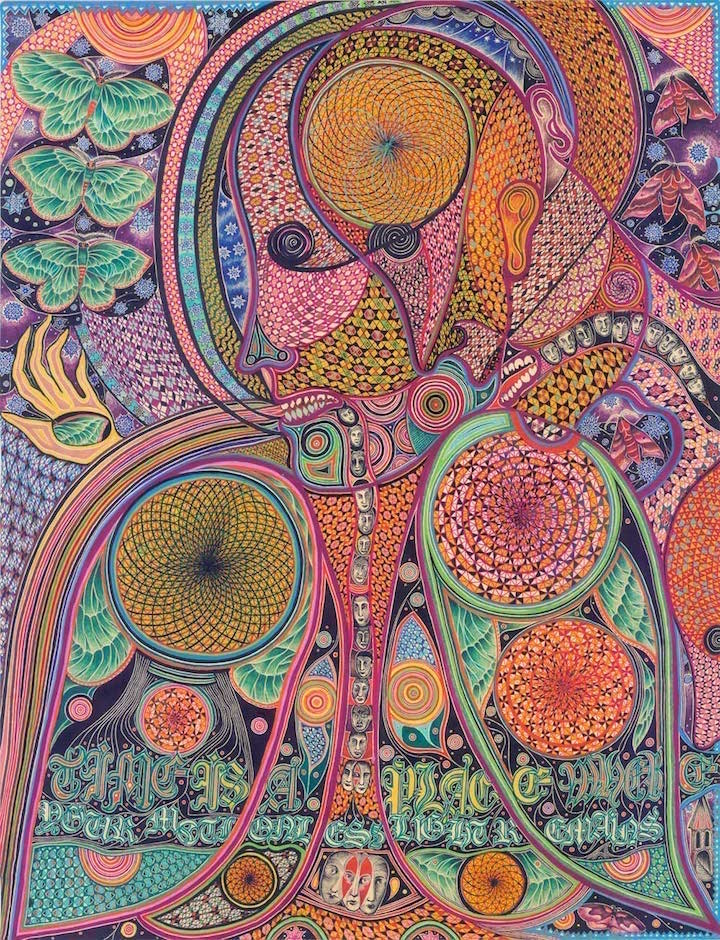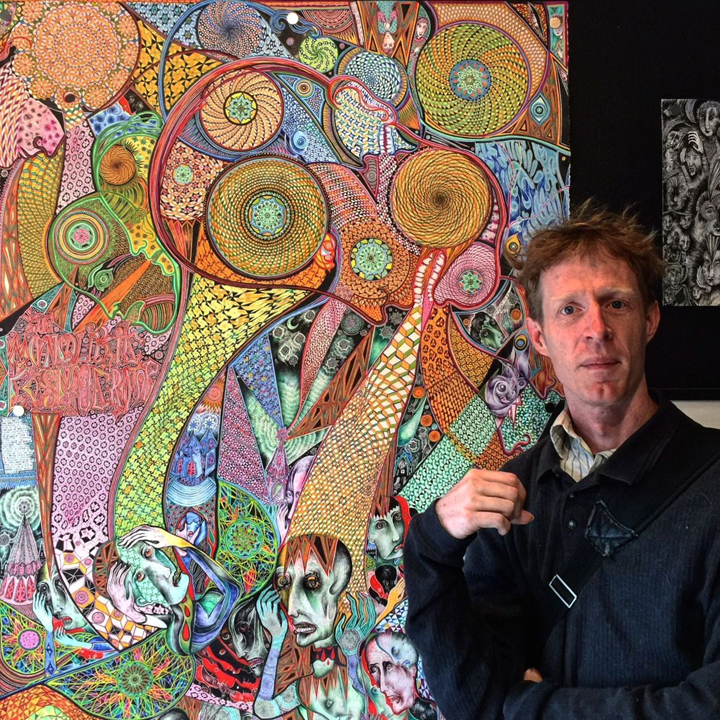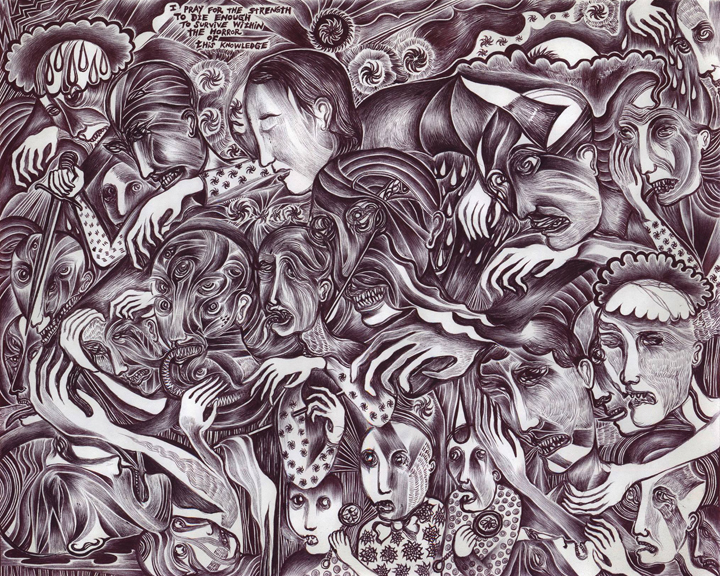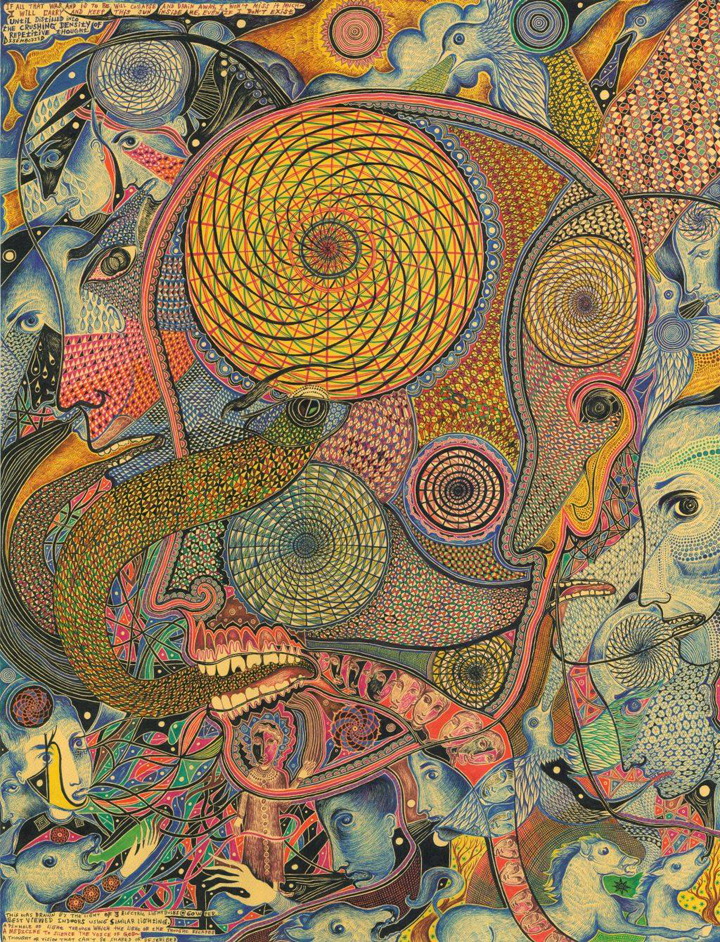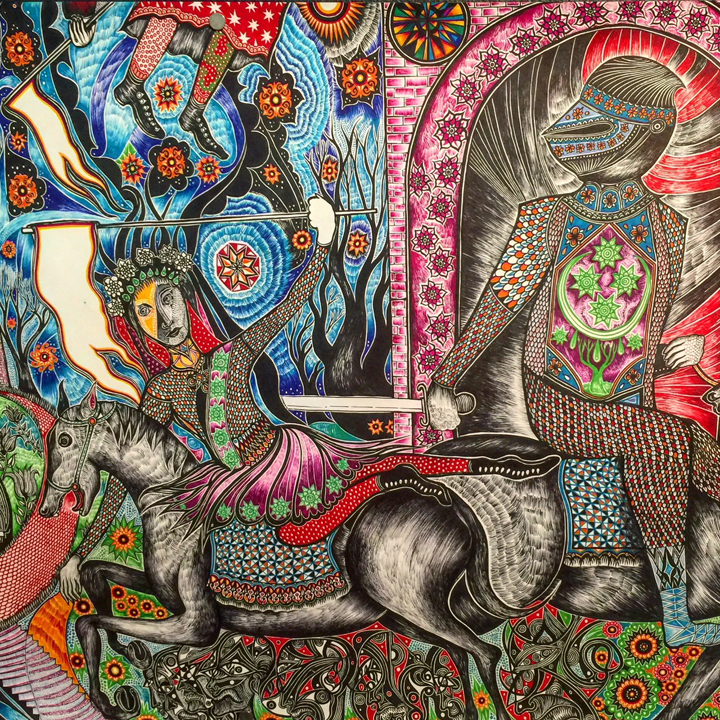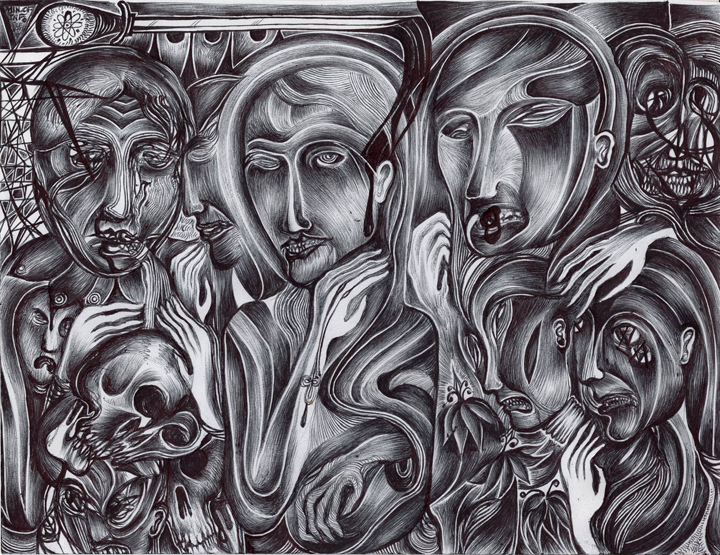I’ve been mesmerized by Yonkers-based Michael Cuomo‘s inventive aesthetic sensibility and extraordinary versatility since I first met the self-taught artist several years ago. What follows is an interview with the artist, along with a sampling of his artwork:
When did you first start making art?
Back in 2002 on a date at Applebees. I was 27 at the time.
Why did you start?
It calmed my spirit. It was my emotional and psychic therapy.
It’s difficult to imagine you ever not drawing! Any earlier memories?
When I was in the 5th grade, I remember designing my initials and sketching Pumas in a sketchbook.
Who inspired you at the time?
I used to watch my brother who was a graffiti artist.
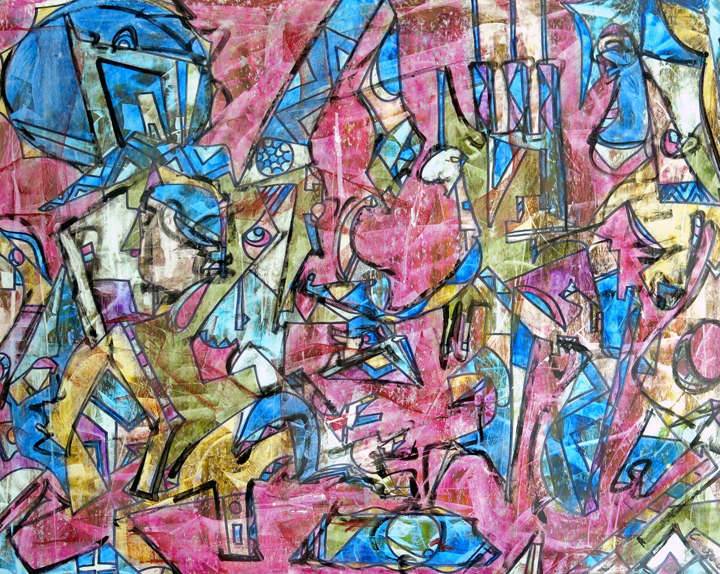
Have you any favorite artists? Any particular artists who inspire you?
Picasso is one of them. At the moment, I’m my favorite artist. I am inspired by everybody.
What about cultural influences?
New York, straight up! Living in the Mecca of the world. Everything is here in NYC!
How has your art evolved through the years?
I went from working with crayons to oil paints to pencils to working with found objects – and from abstract painting to portraits to black and white illustrations to sculptures and assemblages.
Are you generally satisfied with your finished product?
If I finish it, I am!
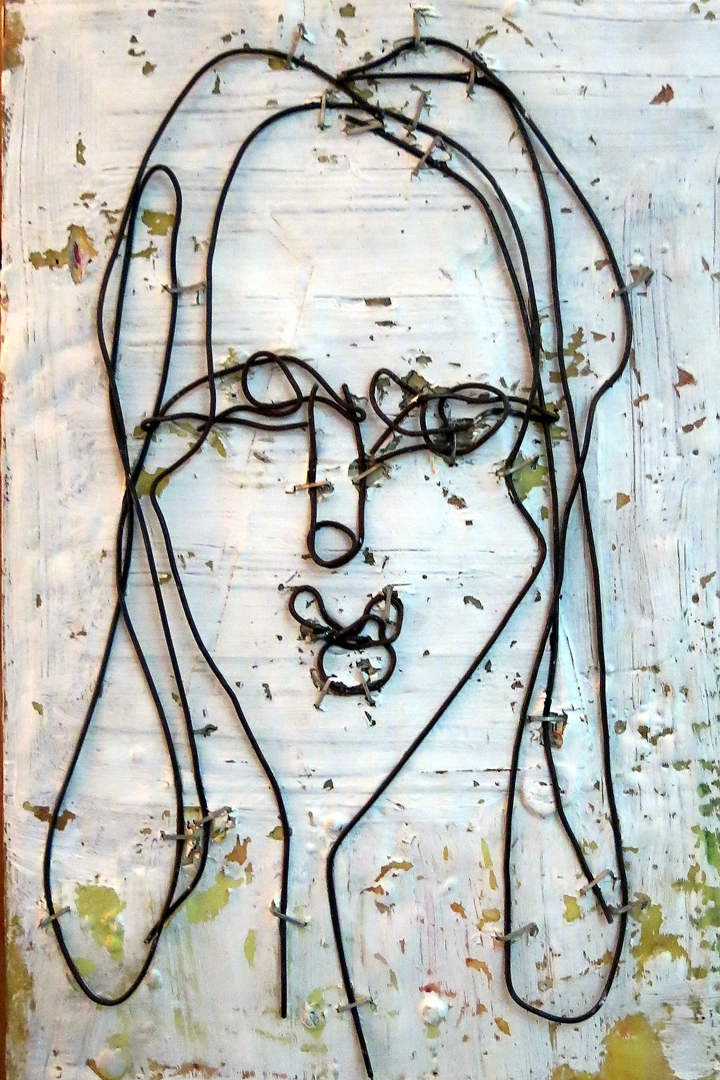
Have you any favorite piece that you’ve created?
There are lots that I like. Not one in particular!
How long do you usually spend on a piece?
I don’t use time as a measurement; time is an element that is always evolving. And it’s the vision that matters.
What percentage of your time is devoted to art?
100%; it can’t be any other way!
What are some of your other interests?
Mystical occult knowledge, metaphysical studies and healing.
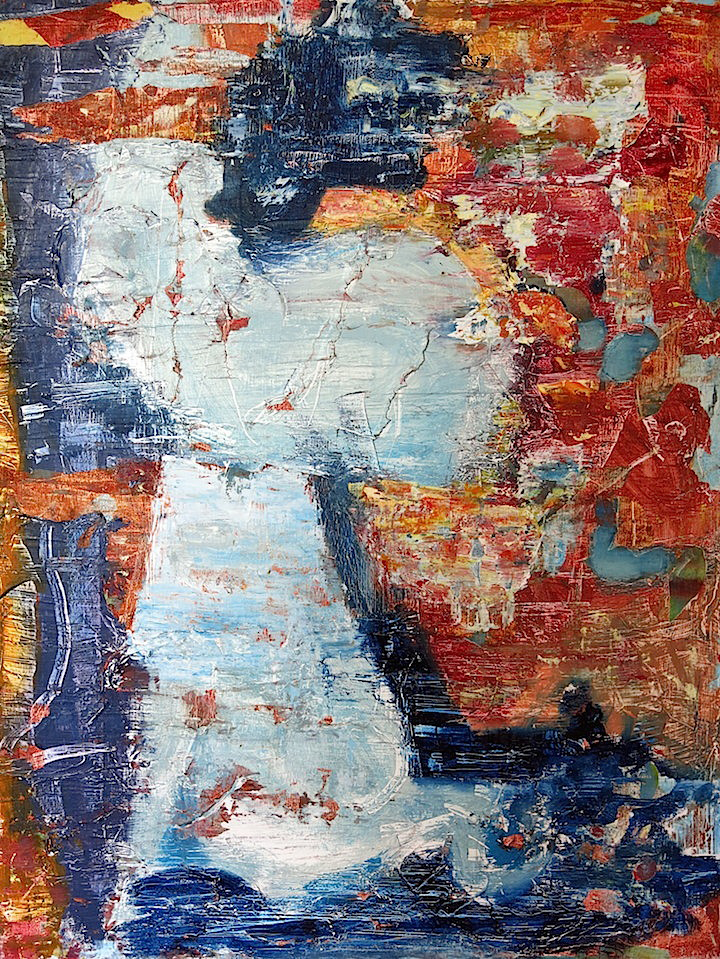
What is your favorite setting to work?
My YOHO studio.
Have you exhibited your work?
Yes – in a variety of settings, outside and inside.
How important is the viewer’s response to you?
It interests me, but it doesn’t affect me.
Have you any favorite media?
Whatever I’m working on at the time!
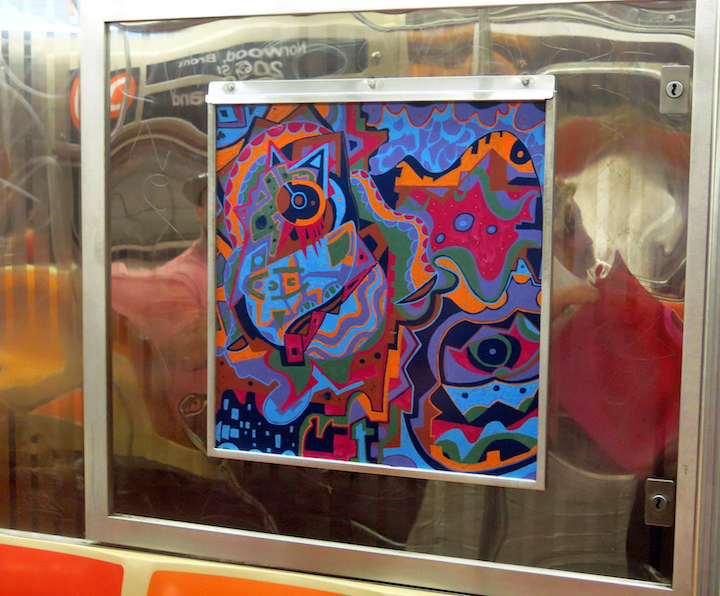
What is your main source of income?
Teaching art, selling art and odd jobs that come my way.
What is your greatest challenge as an artist?
Not really knowing how much money is coming my way at any given time.
How does your family feel about your life as an artist?
Except for my cousin, Vinnie, they are not supportive. My sister does, though, come to my openings.
Have you a formal art education?
No!
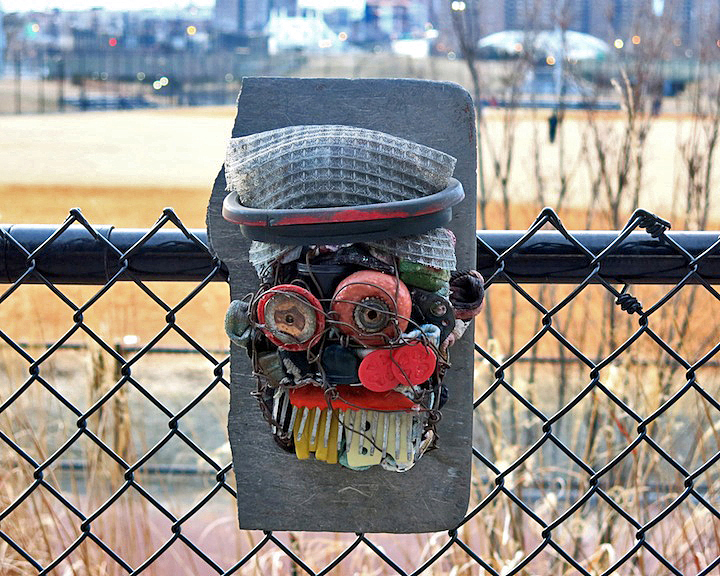
Where are you headed?
I’m interested in painting outdoor murals and becoming more engaged with the community.
What do you see as the artist’s role in society?
To create art with substance and to share positive energy.
Note: You can find out more about the artist here and follow him on Instagram here. To purchase his art, you can send him a direct message via Instagram or contact him at the email address noted here.
Interview conducted by Lois Stavsky with Bonnie Astor; photos by Lois Stavsky
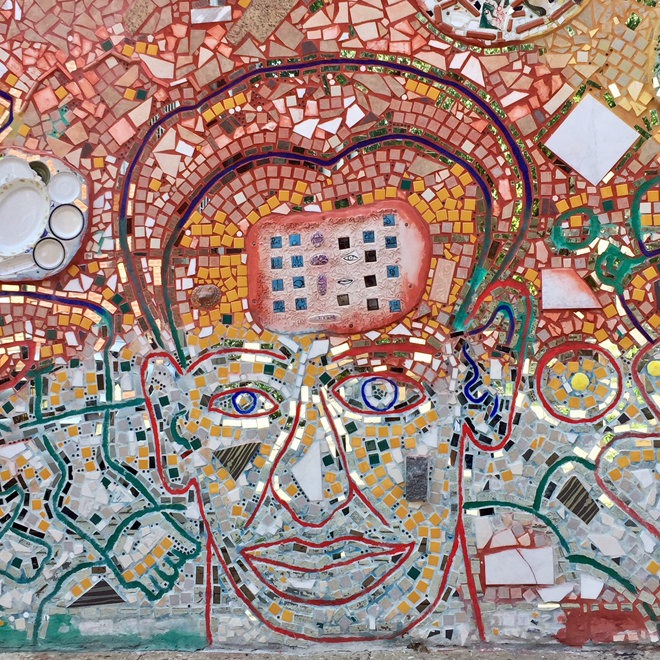 Yonkers-based Michael Cuomo’s artwork riding the NYC subway with unidentified commuter
Yonkers-based Michael Cuomo’s artwork riding the NYC subway with unidentified commuter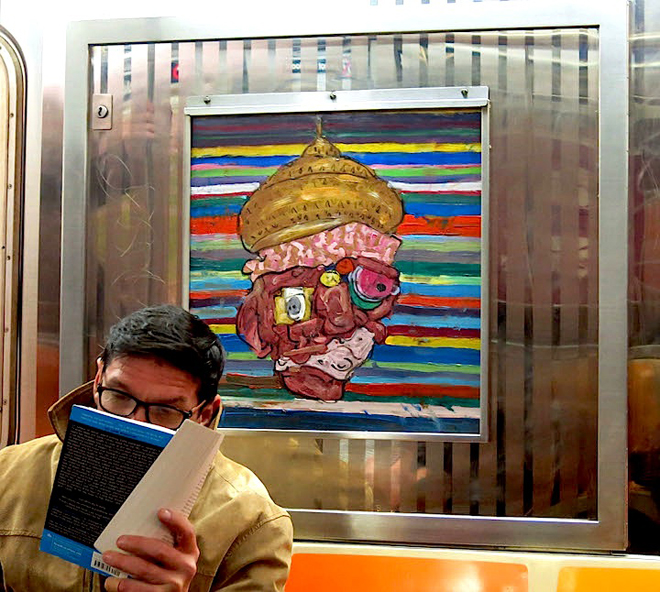
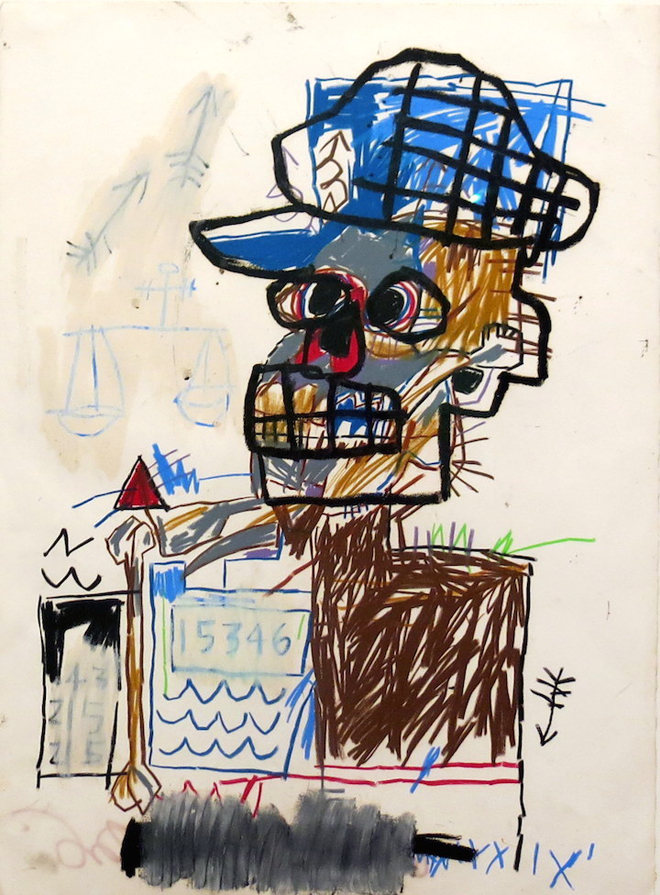
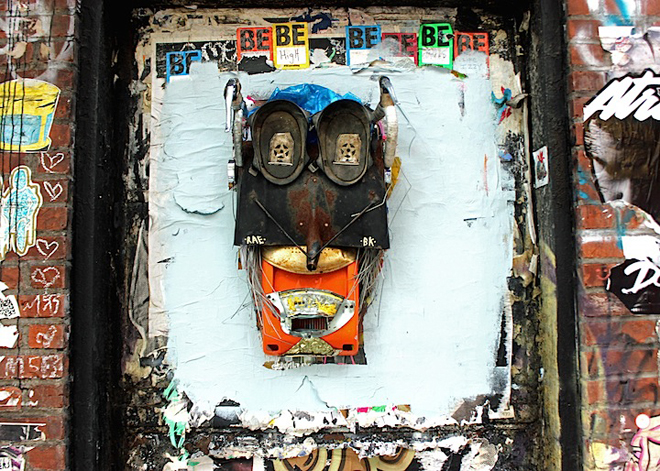
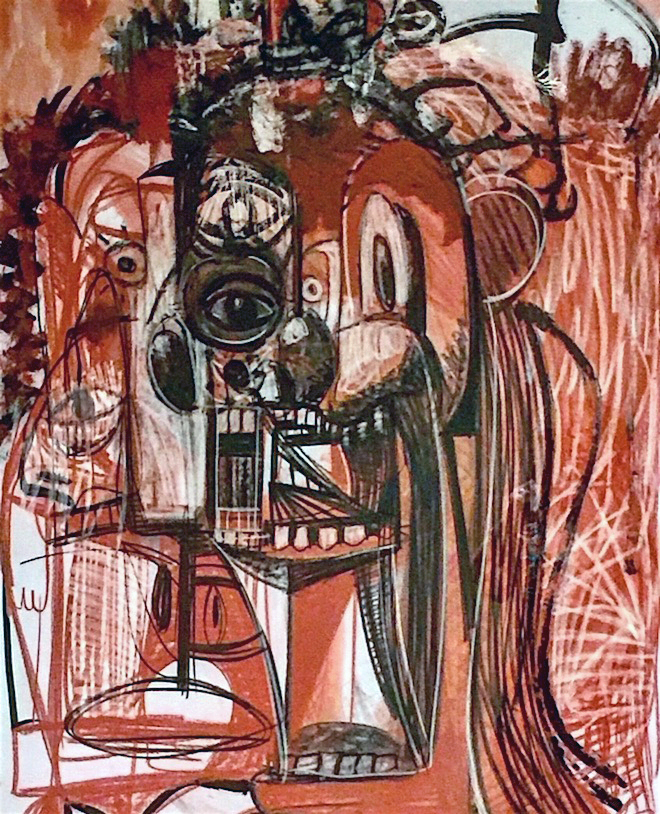

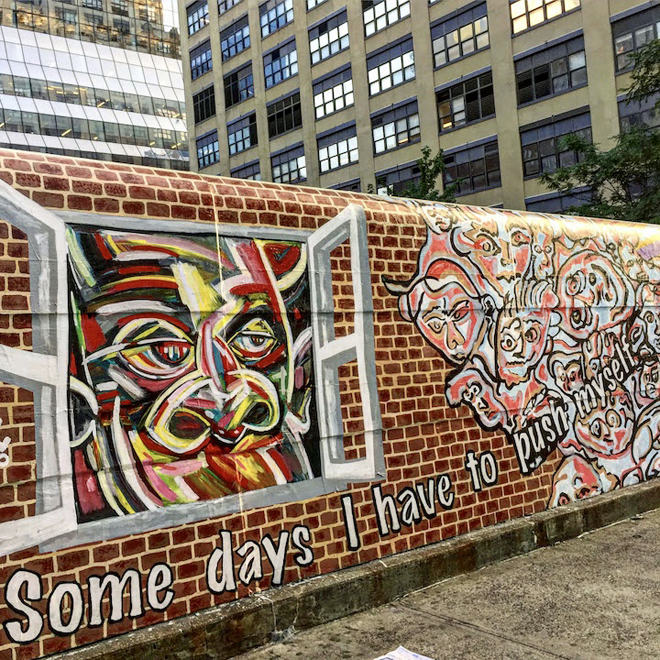
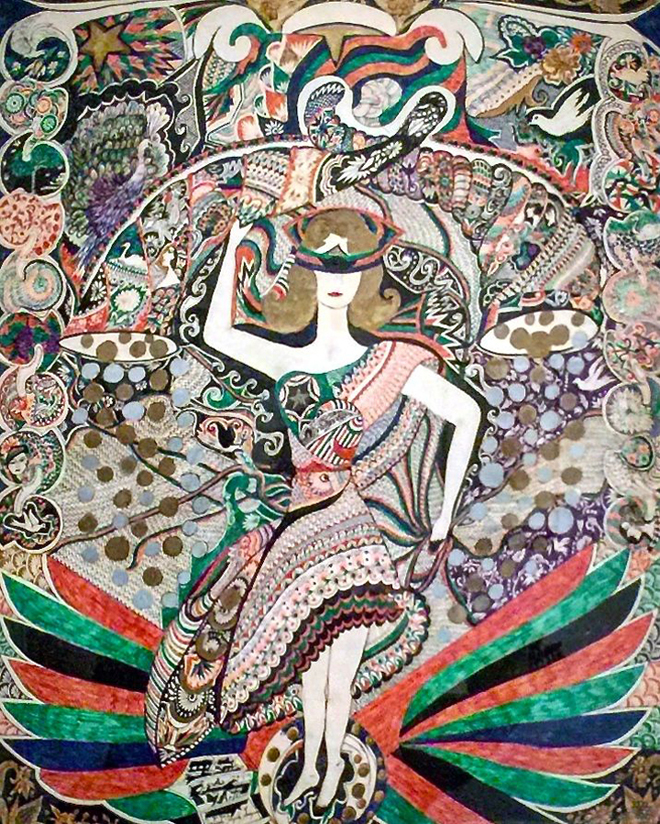
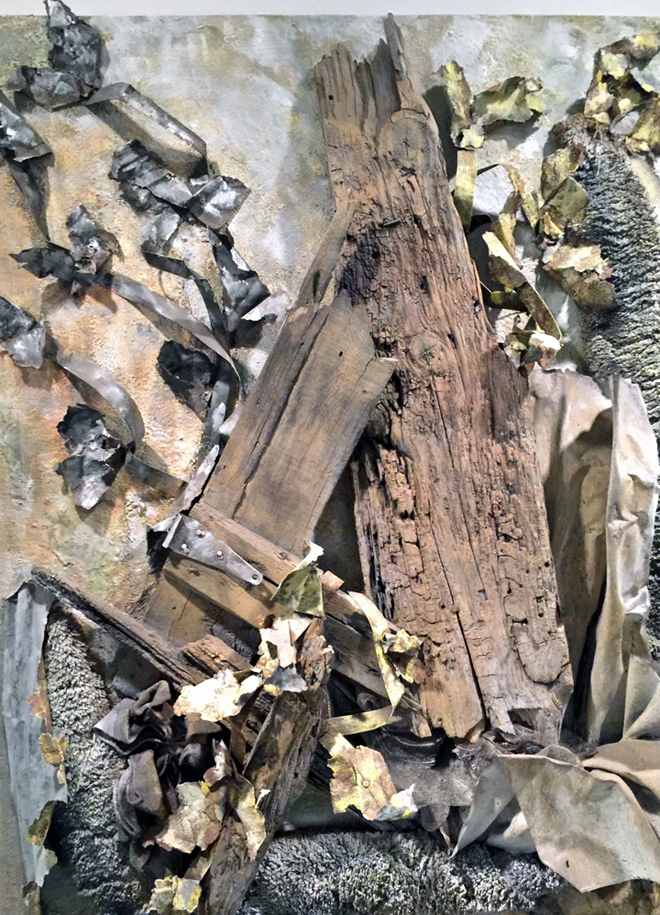
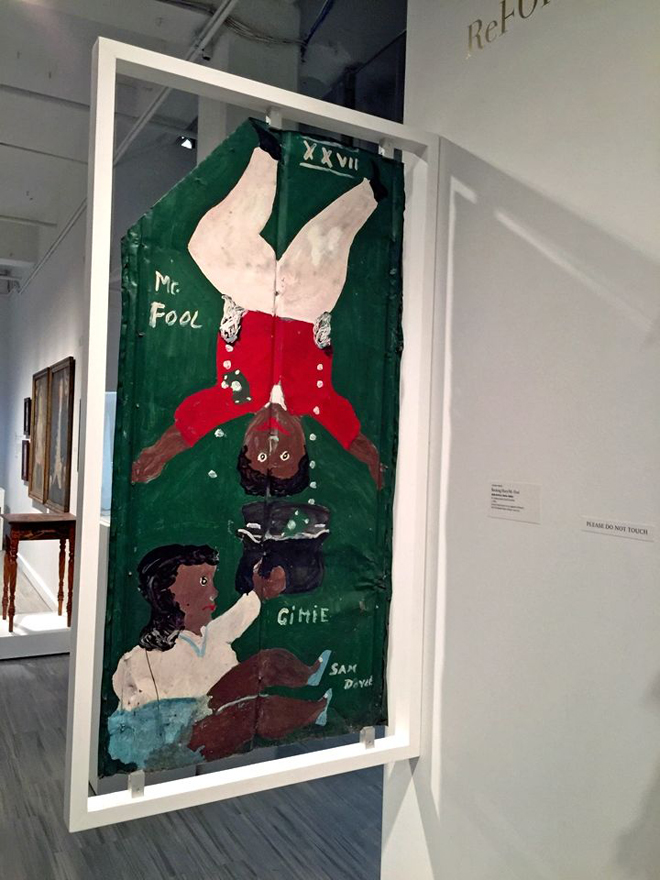
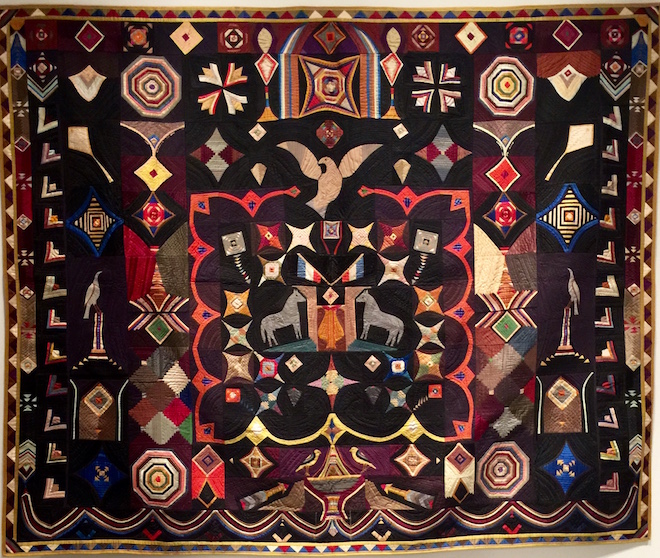
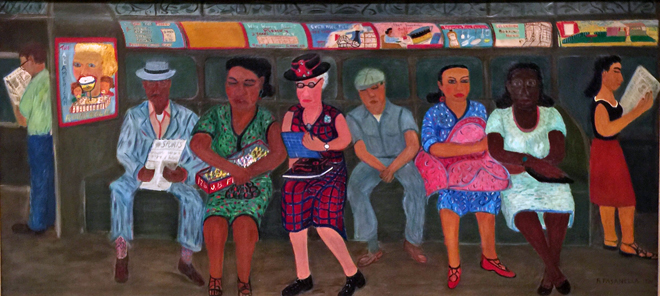
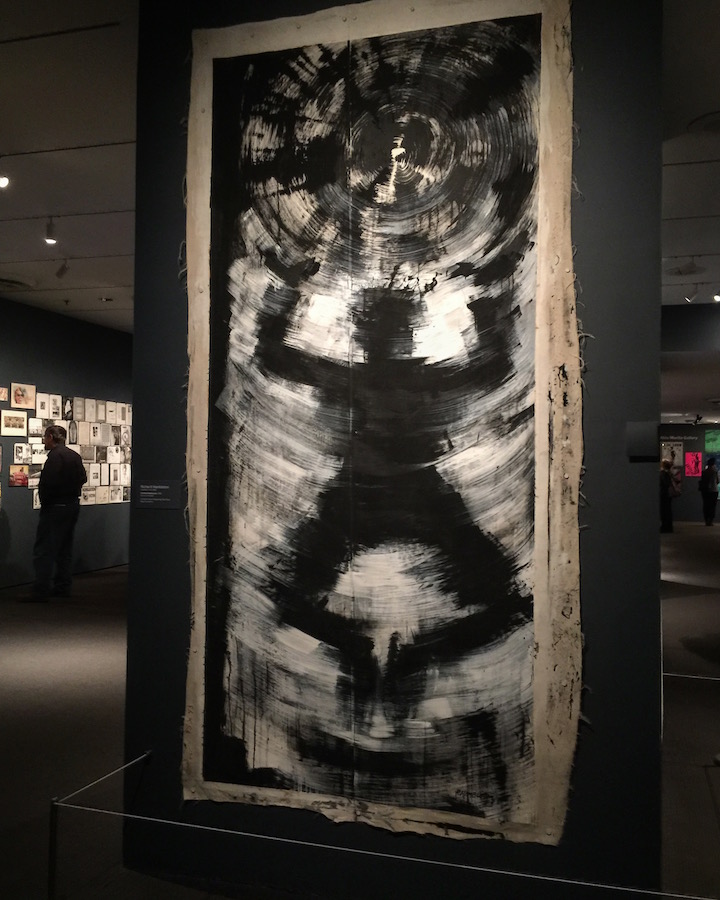
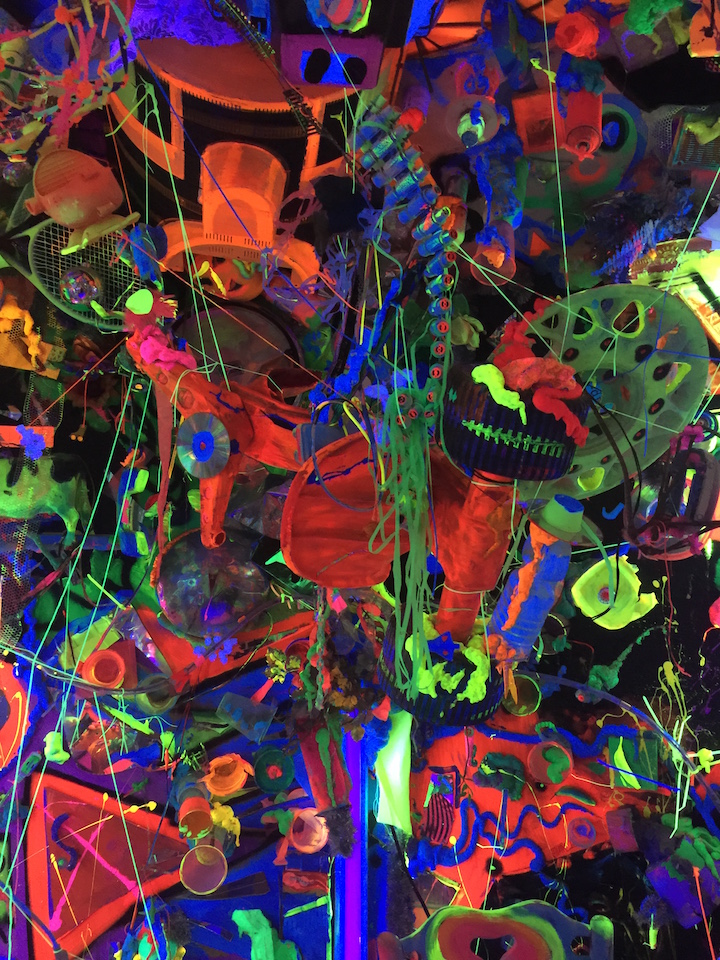
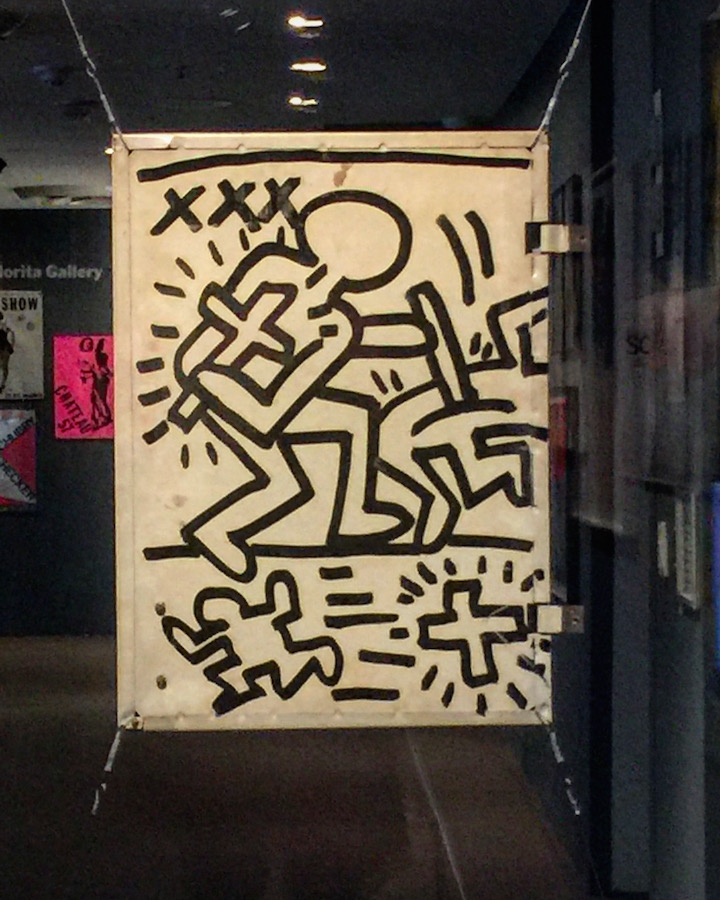 Multimedia artist
Multimedia artist 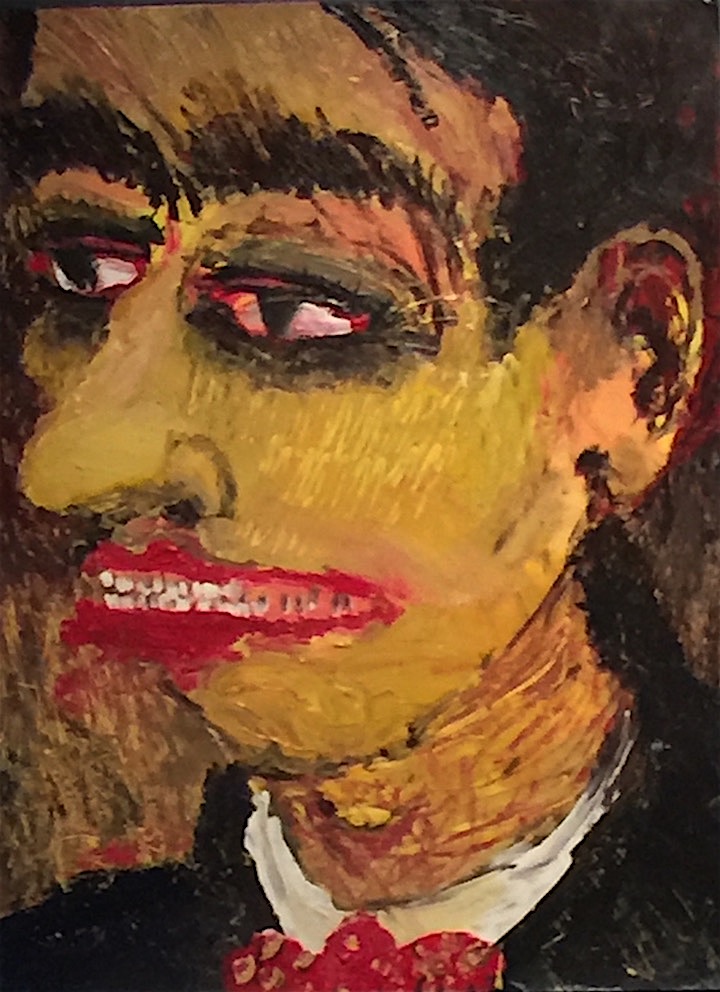
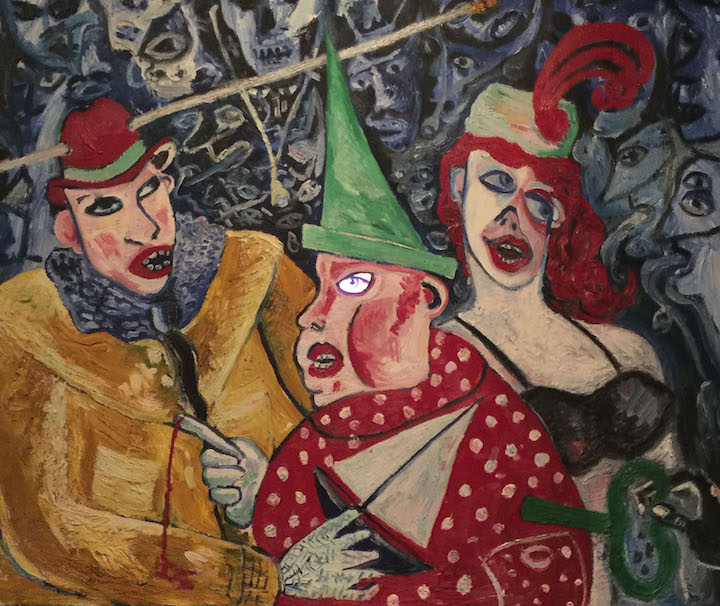
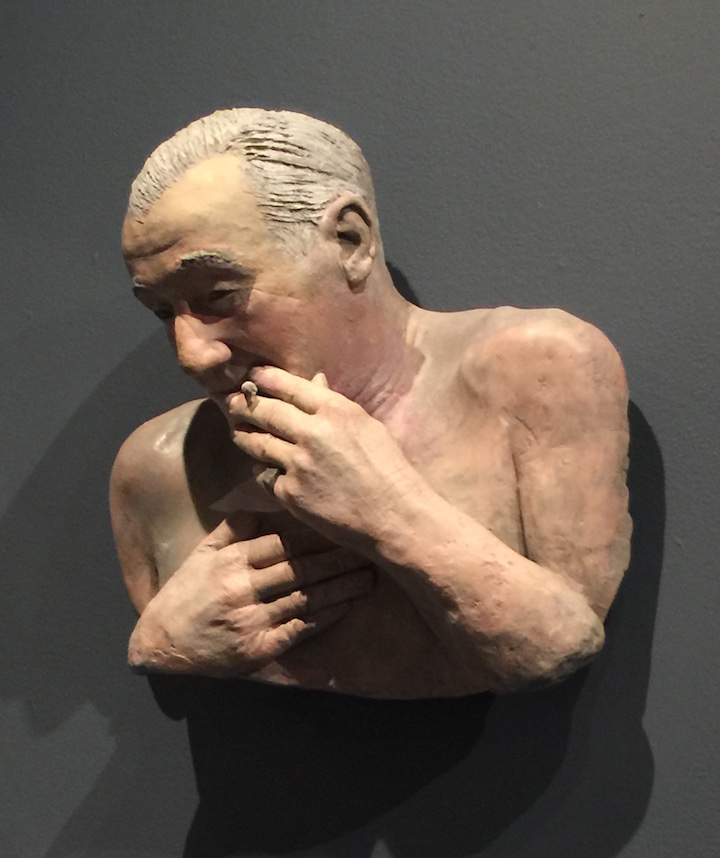
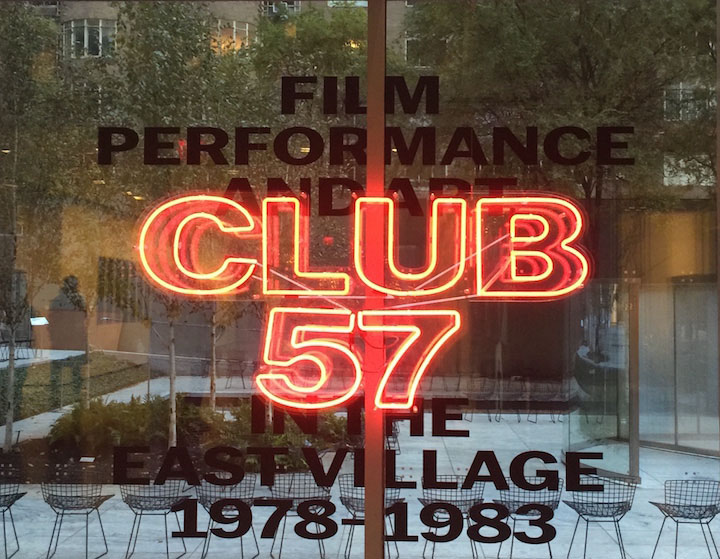
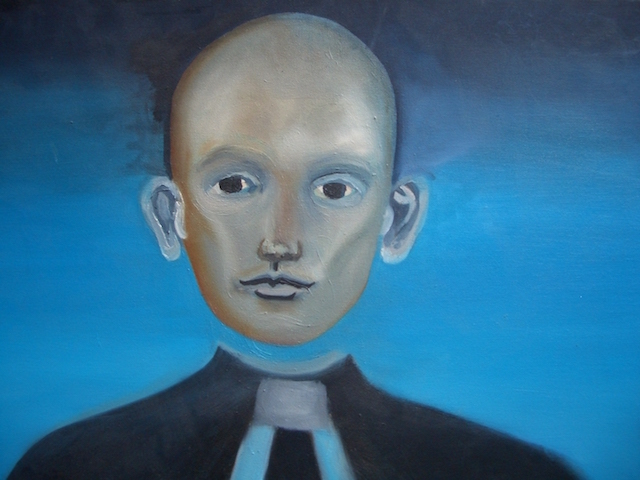
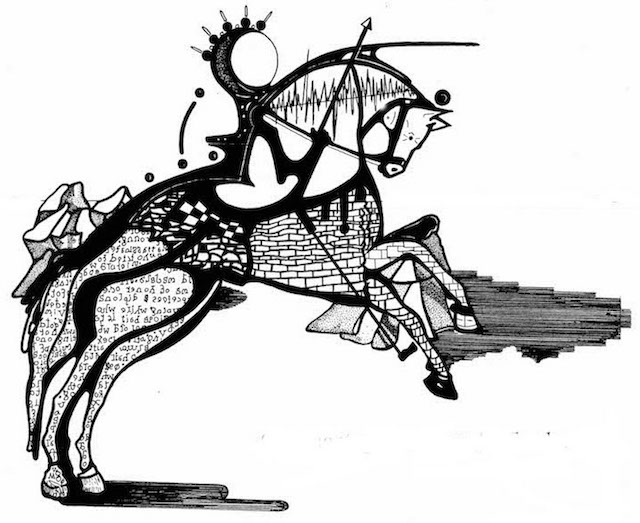
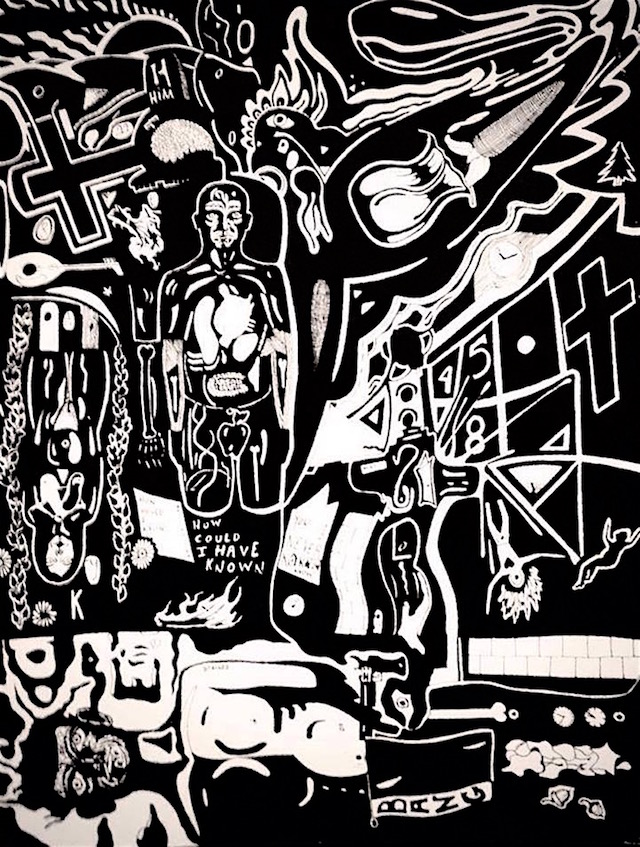
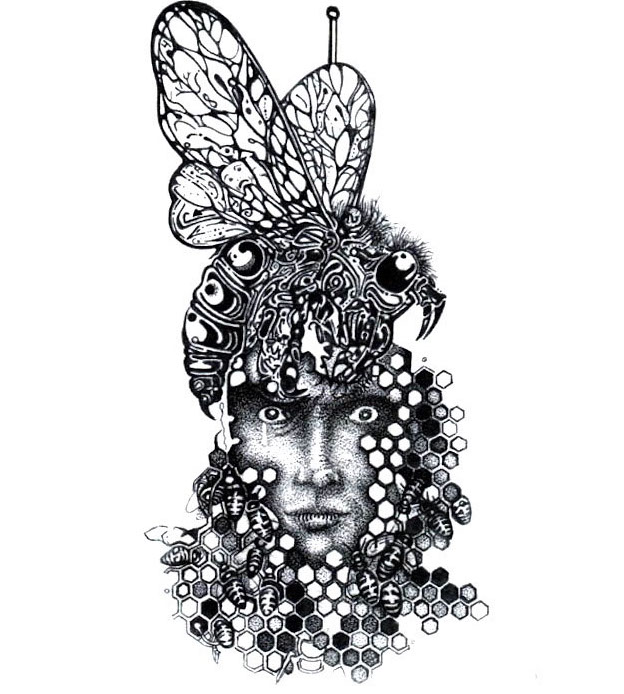 Are there any other creative activities that engage you these days?
Are there any other creative activities that engage you these days?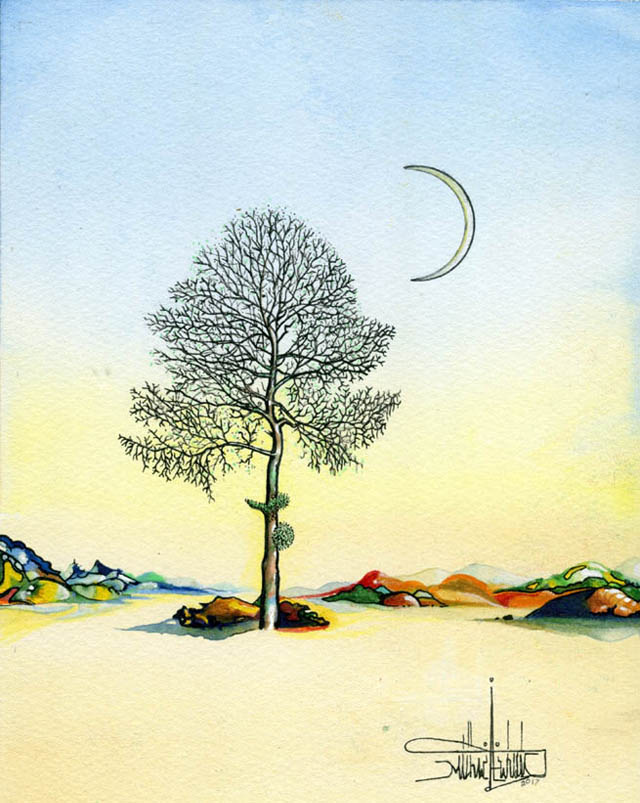
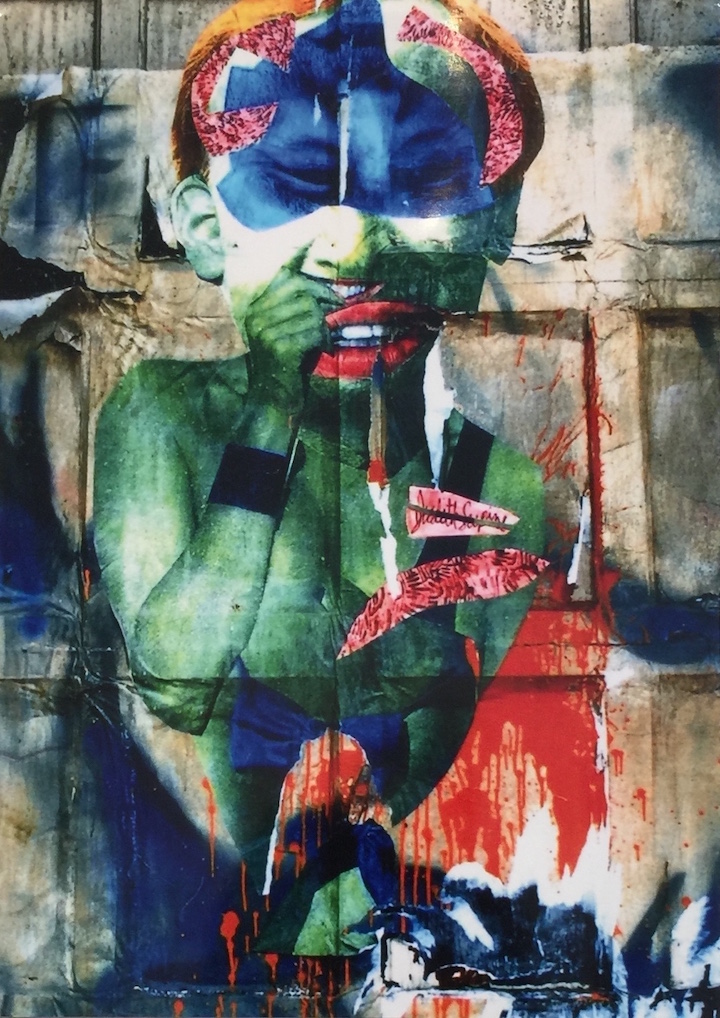
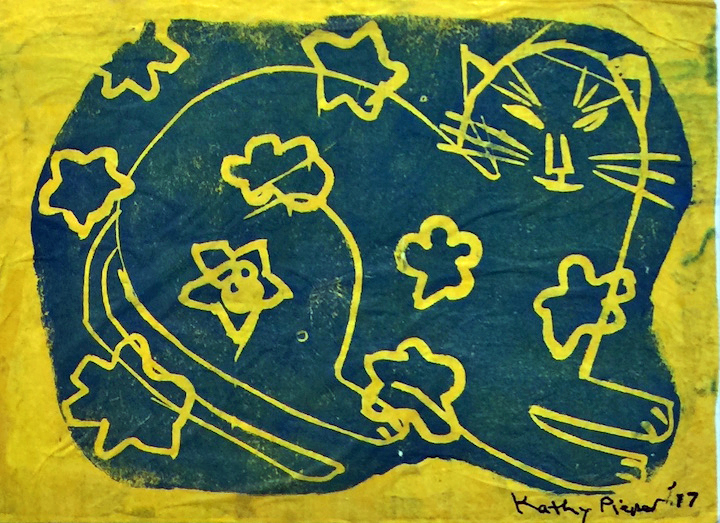
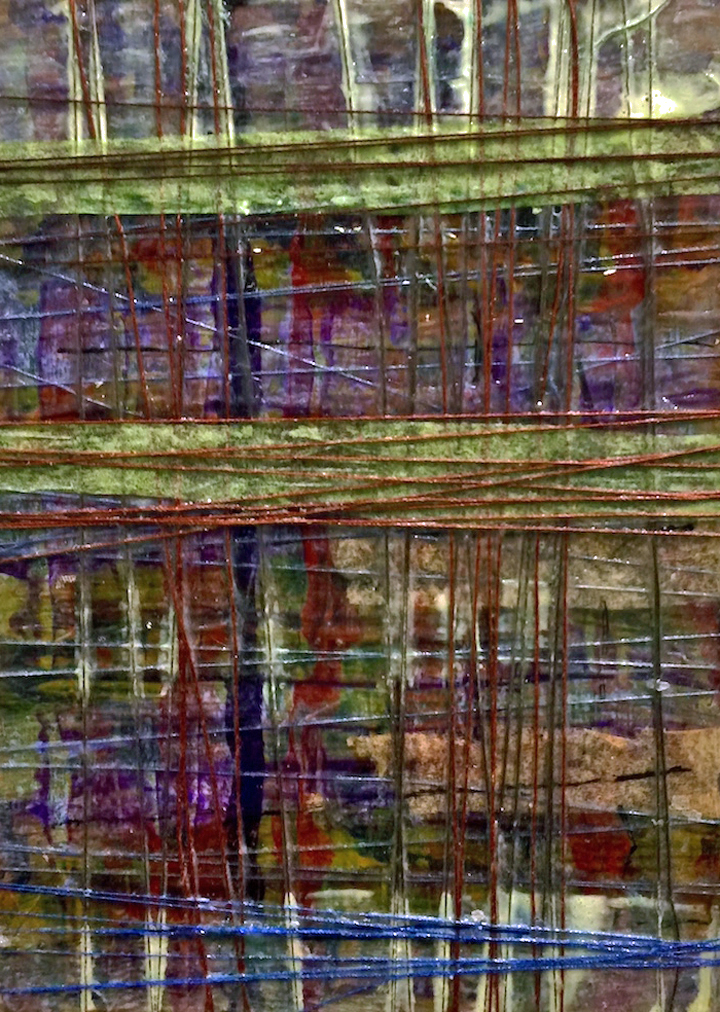
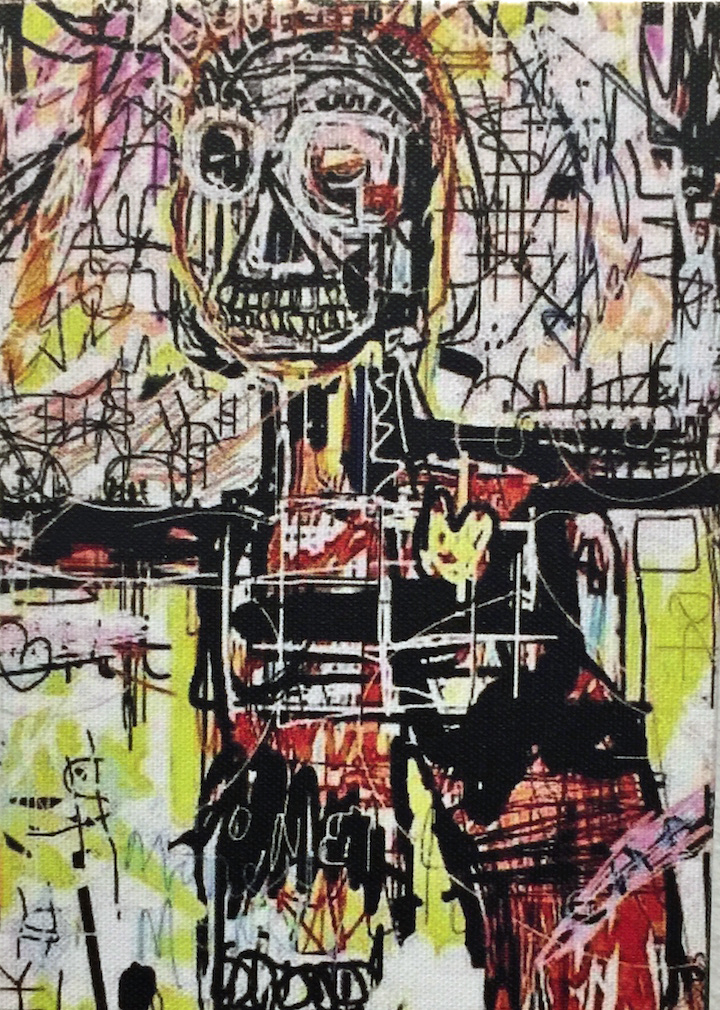
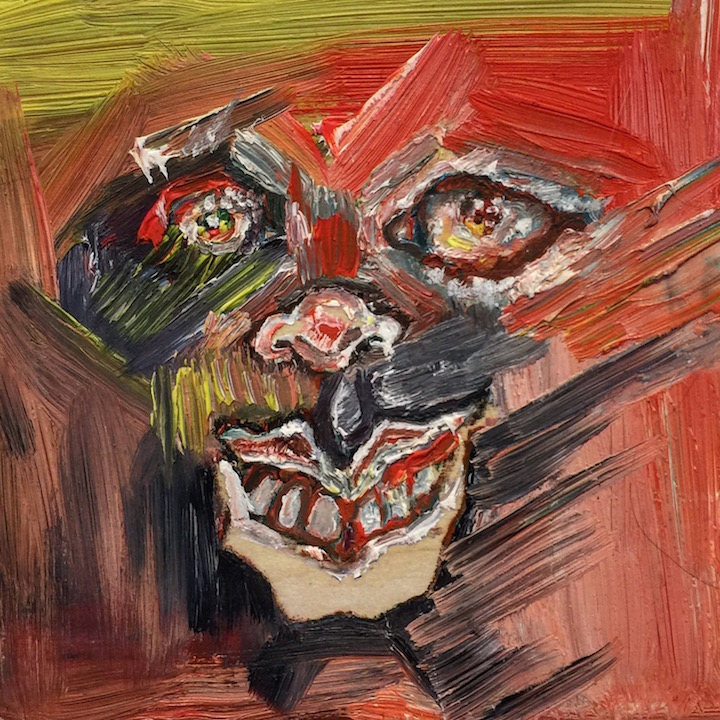
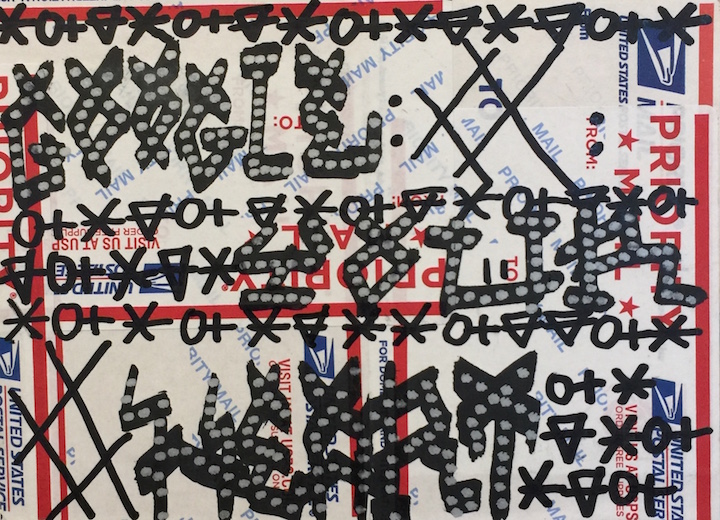
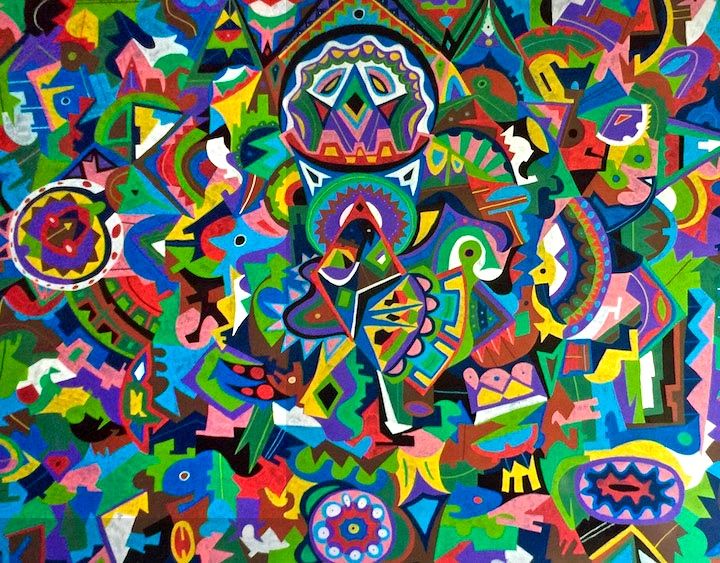





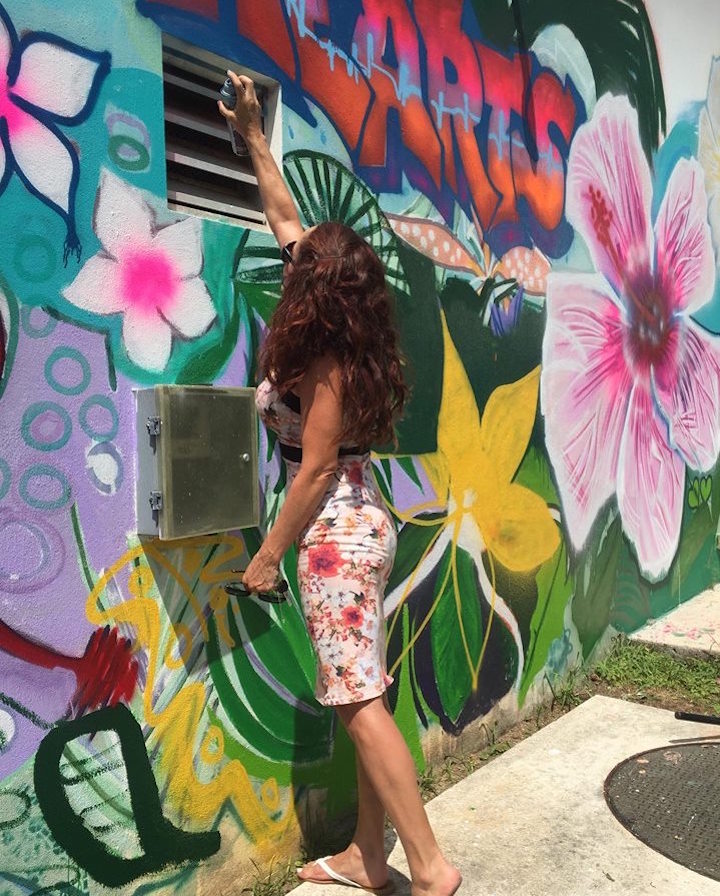
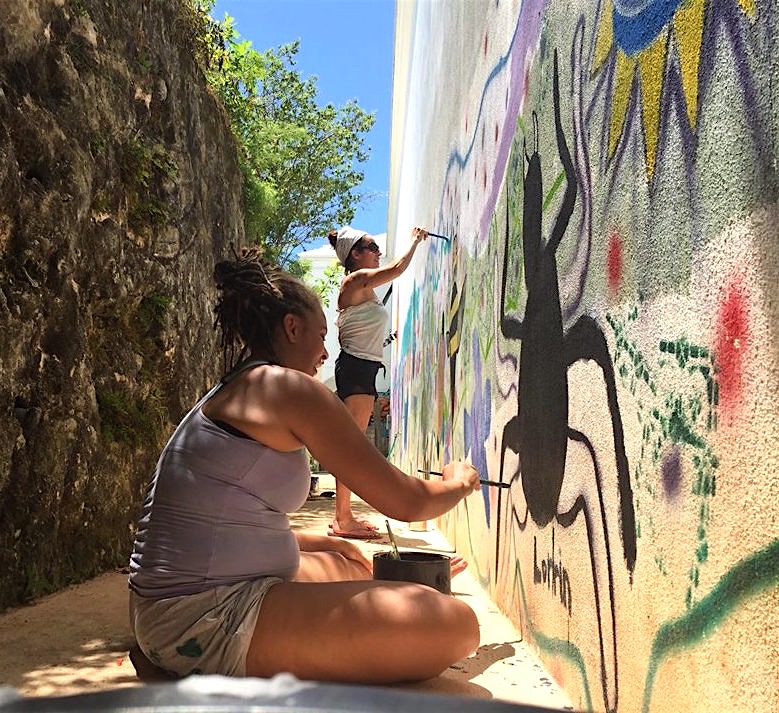
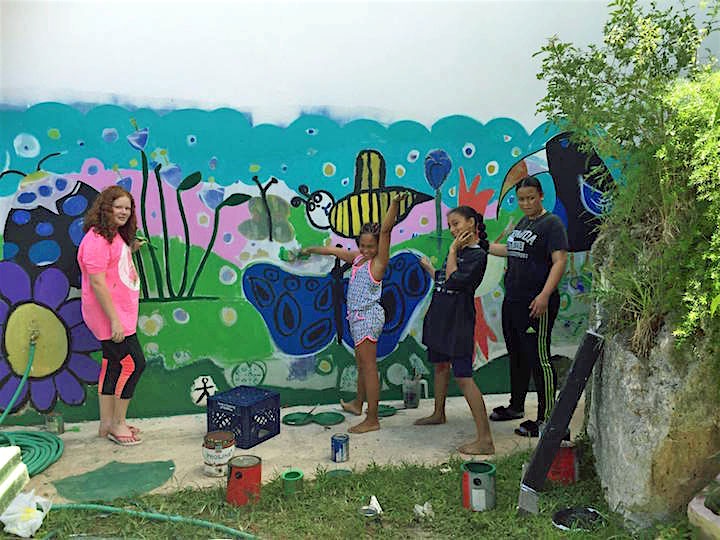 Did living and working in Bermuda present any challenges?
Did living and working in Bermuda present any challenges?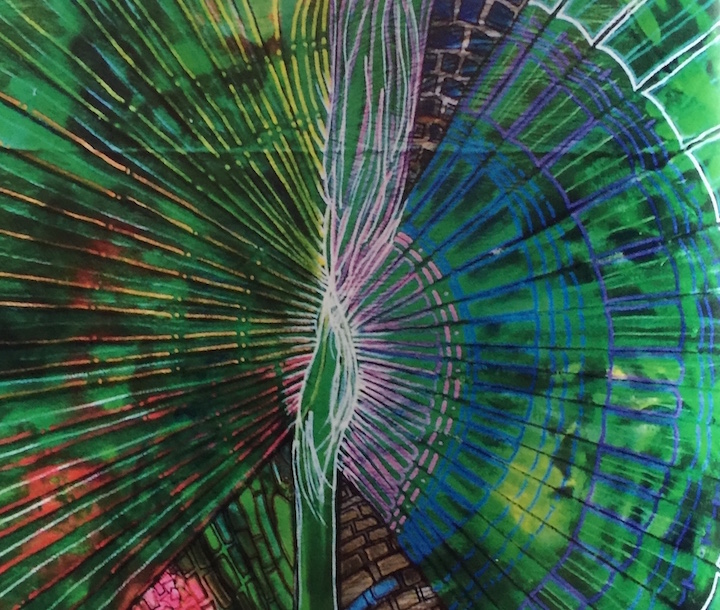
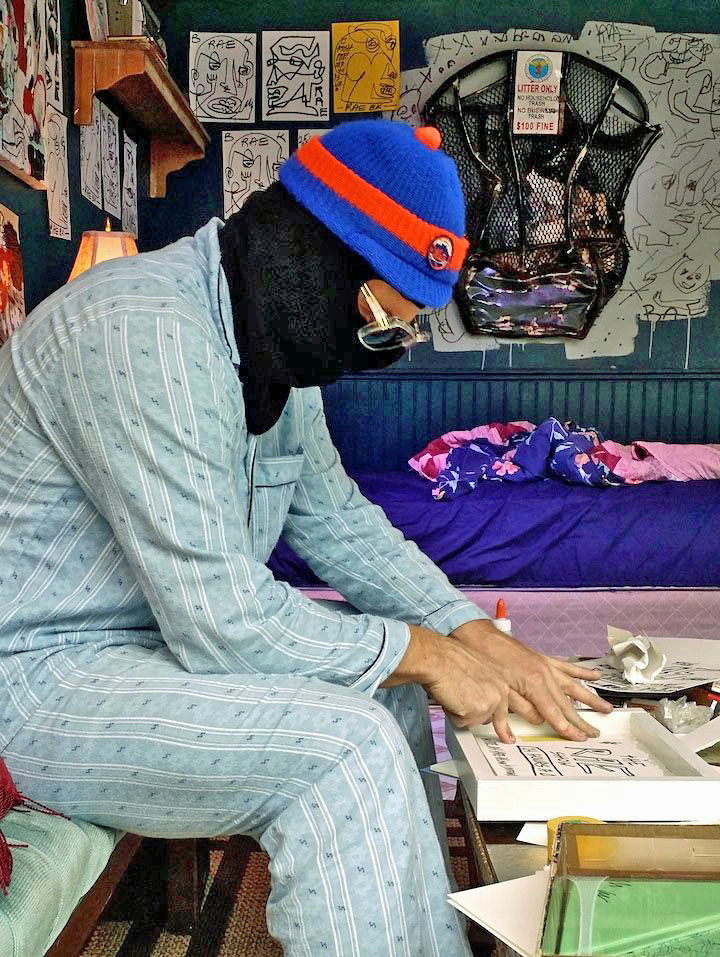
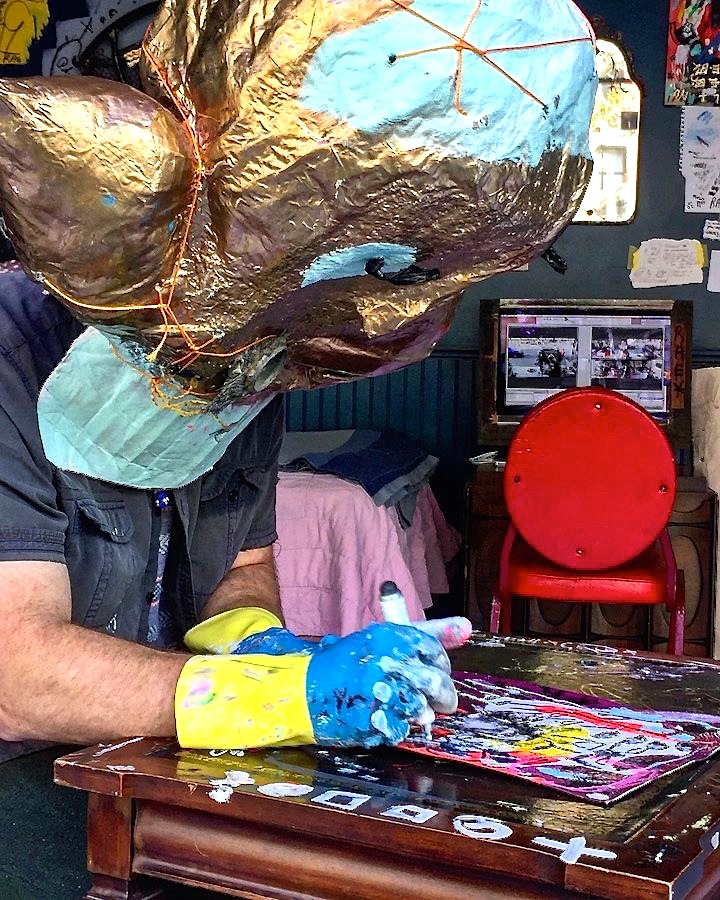

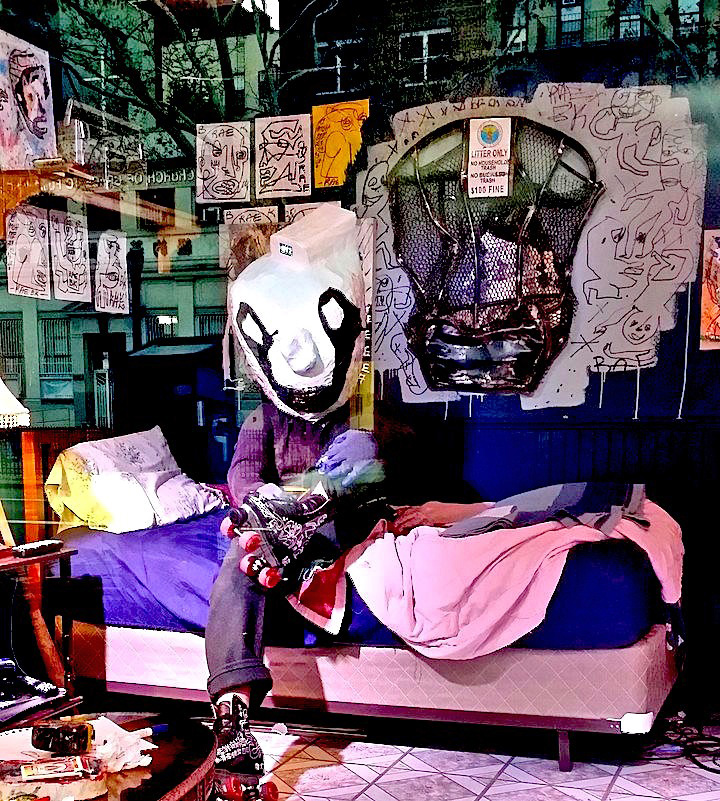

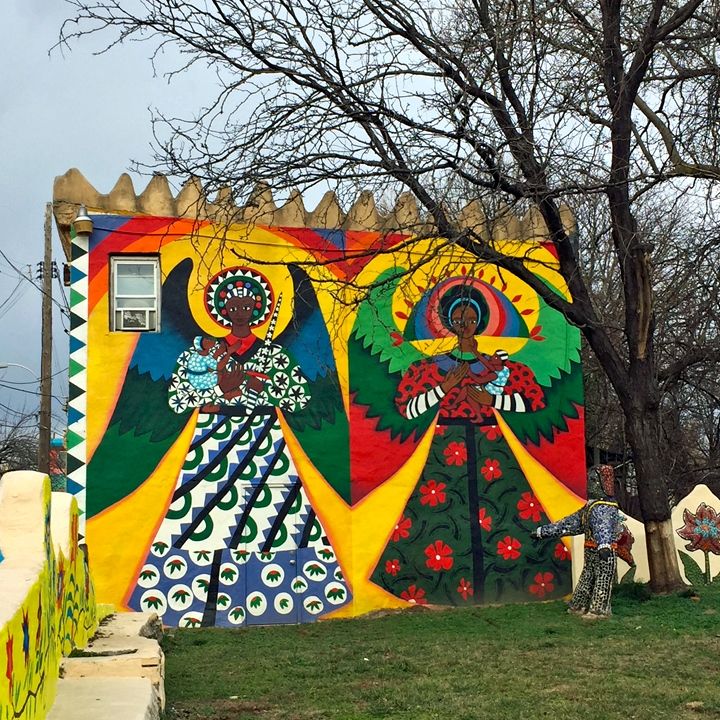
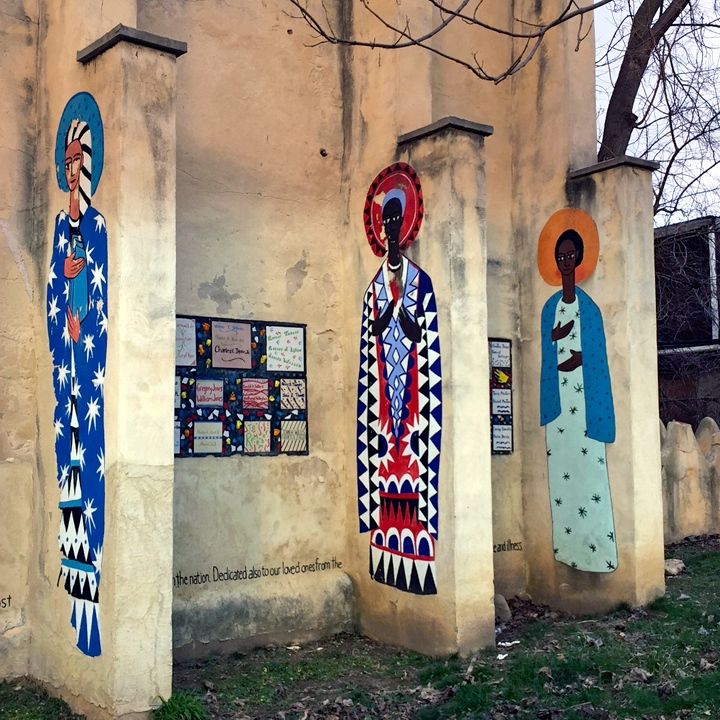 Happy Alley, designed by
Happy Alley, designed by 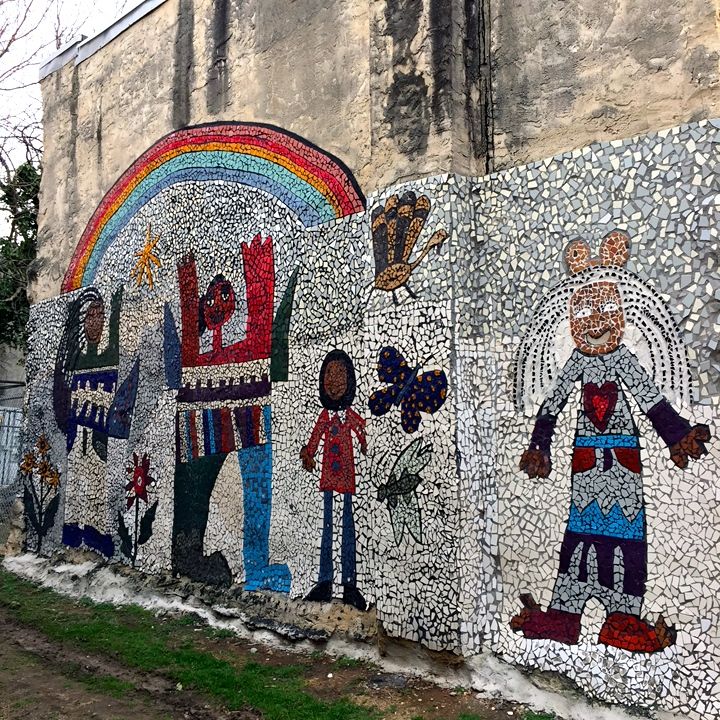 The Tree of Life, designed by
The Tree of Life, designed by 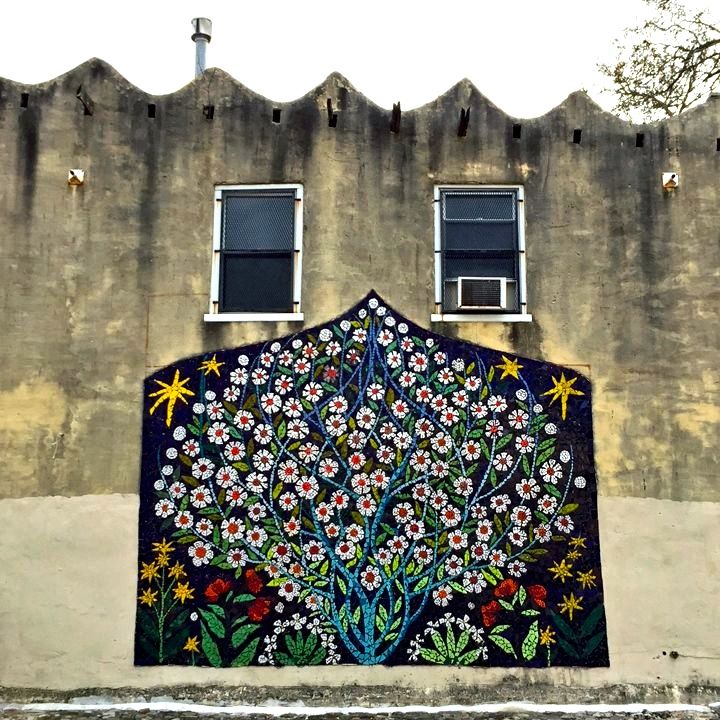
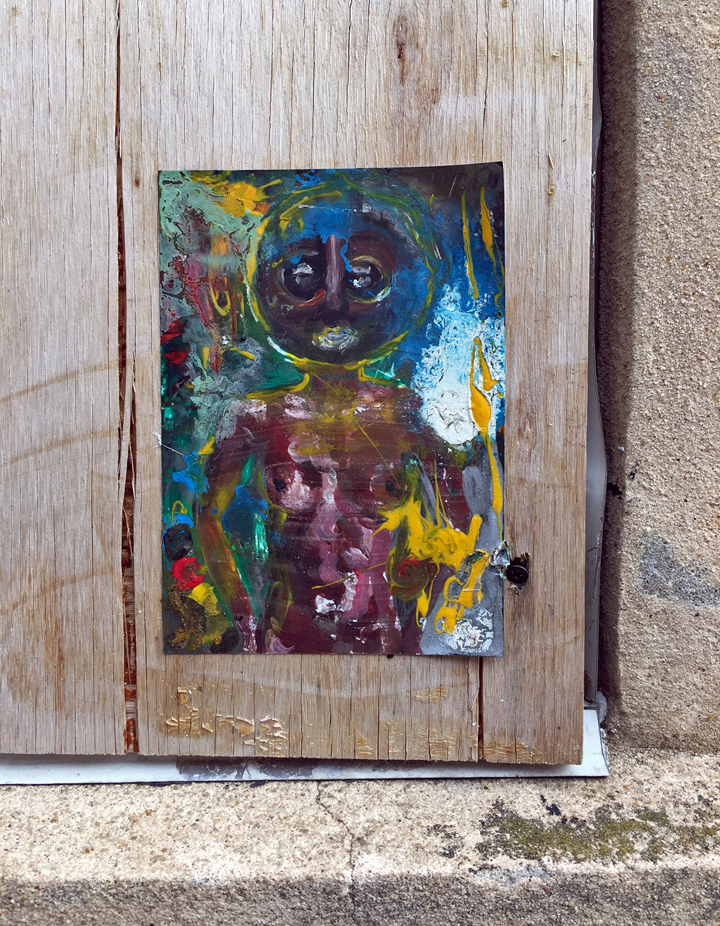
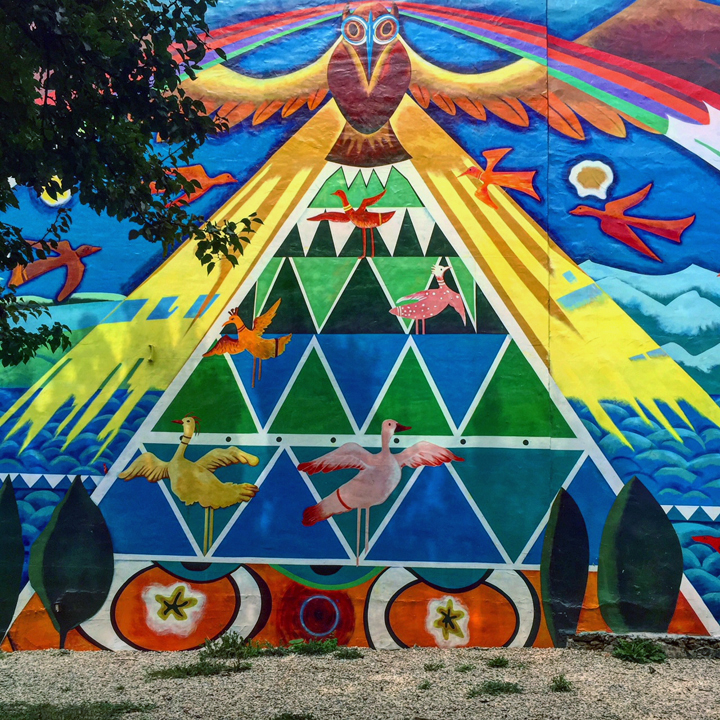 Note: You can find out more about the Village of Arts and Humanities — located at 2544 Germantown Avenue in North Philly —
Note: You can find out more about the Village of Arts and Humanities — located at 2544 Germantown Avenue in North Philly — 